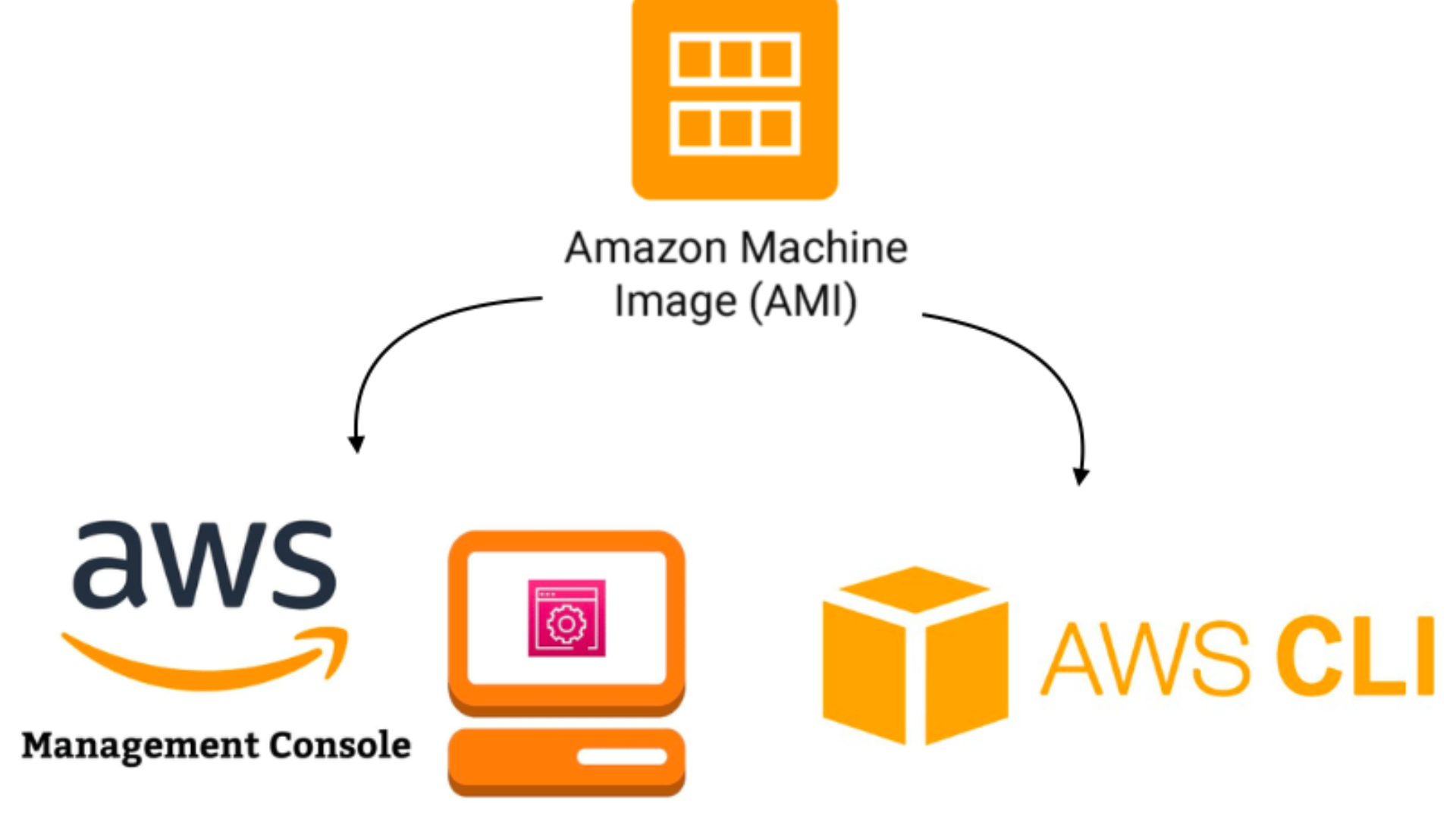Understanding Amazon Machine Image (AMI) in AWS
 priyadarshi ranjan
priyadarshi ranjan
An Amazon Machine Image (AMI) is a critical component when launching EC2 instances in AWS. Think of it as a blueprint for your cloud servers, including everything you need—like the operating system, software, and configurations—to deploy virtual machines quickly and efficiently.
What is an AMI?
In simple terms, an AMI is a snapshot of the system setup. It contains the necessary information to launch one or more virtual servers (EC2 instances). This information typically includes:
Operating System (OS): The base operating system (Linux, Windows, etc.).
Application Server Setup: Pre-installed software like web servers, databases, etc.
Configuration Settings: Custom configurations you’ve set up, like network settings, security updates, and patches.

Types of AMIs
AWS offers several AMI types:
Public AMIs: Free to use, provided by AWS or third parties. Suitable for testing or quick deployments.
Private AMIs: Custom-built by users or businesses, typically tailored to specific requirements.
AWS Marketplace AMIs: Pre-configured AMIs available for purchase from third-party vendors, offering specialized software and setups.
Real-Life Example
Imagine you're a developer working on a web application. You set up an EC2 instance with:
Ubuntu as the OS
Nginx as the web server
MySQL as the database
Once you’ve configured everything to your needs, you can create an AMI from this instance. Now, whenever you or your team need another web server, you can launch a new EC2 instance using this AMI. All the configurations, software, and operating systems will be the same, saving you time from repeating the setup process.
For example, a company might need to scale up quickly during a high-traffic event, like Black Friday. Using AMIs, they can launch multiple instances identical to their original configuration, ensuring everything is set up and ready without manual intervention.
How to Create an AMI
Configure the EC2 Instance: Install all necessary applications, patches, and configurations.
Create an AMI from the EC2 Instance:
Go to your EC2 dashboard.
Select the instance.
Choose "Create Image" to generate an AMI.
Use the AMI to Launch Instances: Anytime you need, use this AMI to spin up identical EC2 instances with just a few clicks.
Conclusion
Amazon Machine Images (AMIs) make scaling, managing, and automating cloud infrastructure easier. Instead of setting up servers from scratch every time, you can create AMIs once and use them repeatedly to deploy identical environments. AMIs are especially valuable when managing multiple instances in production or development environments, ensuring consistency across all your deployments. They streamline the process of launching EC2 instances and save valuable time for teams working on cloud infrastructure.
Using AMIs is a key skill in cloud computing, helping businesses achieve faster, more efficient operations.
Connect and Follow Me on Socials Network
Subscribe to my newsletter
Read articles from priyadarshi ranjan directly inside your inbox. Subscribe to the newsletter, and don't miss out.
Written by

priyadarshi ranjan
priyadarshi ranjan
Greetings! 👋 I'm Priyadarshi Ranjan, a dedicated DevOps Engineer embarking on an enriching journey. Join me as I delve into the dynamic realms of cloud computing and DevOps through insightful blogs and updates. 🛠️ My focus? Harnessing AWS services, optimizing CI/CD pipelines, and mastering infrastructure as code. Whether you're peers, interns, or curious learners, let's thrive together in the vibrant DevOps ecosystem. 🌐 Connect with me for engaging discussions, shared insights, and mutual growth opportunities. Let's embrace the learning curve and excel in the dynamic realm of AWS and DevOps technology!